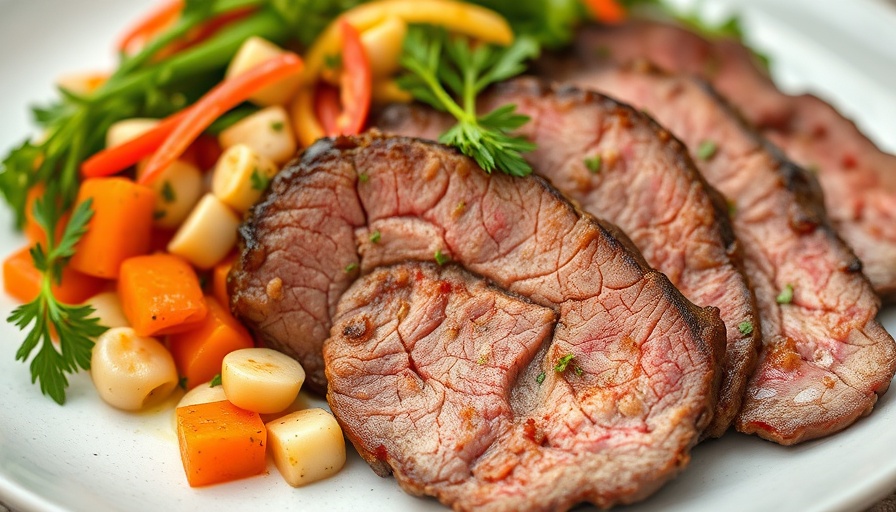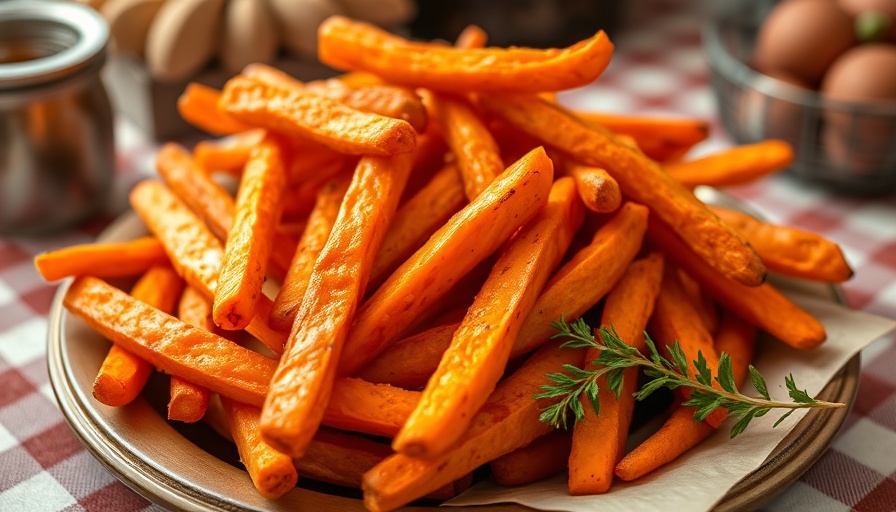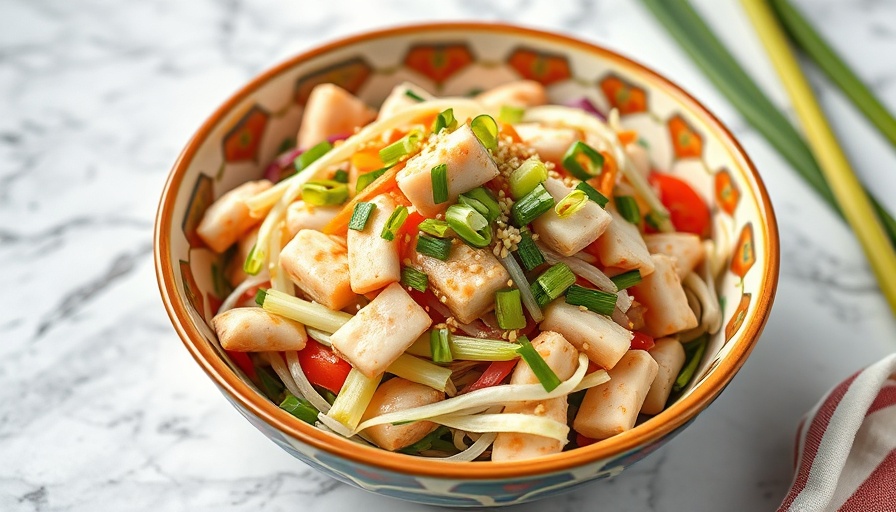
### The Joy of Cooking Brisket: A Heartwarming Tradition
Cooking is about creating memories, evoking flavors, and embracing our heritage. For many, brisket holds a special place in their hearts and kitchens, especially during significant celebrations like Passover and Rosh Hashanah. This classic Jewish dish is not only delicious but also tells a story — a story of love, family, and community.
### What Makes Brisket Special?
Brisket, a cut of beef from the lower chest, may appear tough at first glance, but its true beauty shines through slow cooking methods. As you braise or roast it for hours, the connective tissues tenderize, transforming this muscular cut into a juicy, flavorful delight. When prepared well, brisket becomes a centerpiece of gatherings, drawing friends and family together around the table.
The recipe I’m excited to share today is a refined version of my grandmother's brisket, infused with modern interpretations of traditional ingredients. While my bubby used ketchup — and perhaps a dash of cola — this oven-braised brisket recipe is lighter yet still deeply satisfying, promising a dish that can cater to today's health-conscious diners without sacrificing flavor.
### Maven's Tips for Perfecting Your Brisket
- Dry Brine for Flavor: Brining your brisket with kosher salt enhances its flavor and tenderness. It's not just a step — it's an essential part of the process!
- Bring It to Room Temperature: Before you sear, let your brisket come to room temperature. This helps achieve a more even cook.
- Slice for Searing: Consider cutting your brisket in half for easier handling during the searing process. You'll achieve better crusting this way.
- Low & Slow is the Way to Go: Resist the urge to rush the cooking process! A meat thermometer should read 130 degrees when it’s ready. Be patient; it’s worth the wait!
- Resting is Key: Allowing your brisket to rest before slicing ensures it retains its juices. Once sliced, return it to its sauce for the full flavor impact.
These steps may seem simple, but they are the foundation of creating the most mouthwatering brisket experience. By focusing on these details, you can develop a dish that truly reflects care and tradition.
### The Heritage of Brisket in Jewish Culture
The history of brisket in Jewish cuisine is deeply rooted in tradition, and with each meal, we honor that legacy. This culinary art often comes with nostalgic memories that weave into the fabric of our family gatherings. When sharing food, especially during religious or cultural festivities, we nourish not just our bodies but also our souls.
As I prepare this dish, I feel a connection to my roots, especially amidst challenging times. In a world where we often feel distant, food provides a means of bringing us closer. It’s a bridge connecting generations, uniting families over the familiar and the comforting flavors of the past.
### Embracing the Modern Kitchen: Healthier Alternatives
Even as we cherish traditions, there’s space for innovation. As we strive for fitness and healthy living, we can adapt recipes to be more nutritious without loss of enjoyment. For instance, consider swapping out traditional sugars with lower-calorie sweeteners or opting for fresh herbs instead of commercial sauces high in preservatives.
Not only does this keep our festive meals vibrant and relevant, but it also ensures that they fit seamlessly into our healthy lifestyles. There’s a growing awareness of how food impacts our fitness — making every meal an opportunity to enhance body alignment and overall well-being.
### Conclusion: Own Your Brisket
Brisket is so much more than just a dish; it embodies tradition, nurtures our bonds with loved ones, and provides us nourishment both physically and emotionally. As you embark on your brisket journey, I encourage you to experiment and make this recipe your own. Share it with family, invite friends over, and celebrate the joy that comes from cooking together.
Try this perfect brisket for your next gathering, and you’ll not only enjoy a delicious meal but also foster warm conversations, laughter, and hopefully, a connection to your own heritage. When you cook with love, everyone can feel it!
 Add Row
Add Row  Add
Add 


 Add Row
Add Row  Add
Add 


Write A Comment